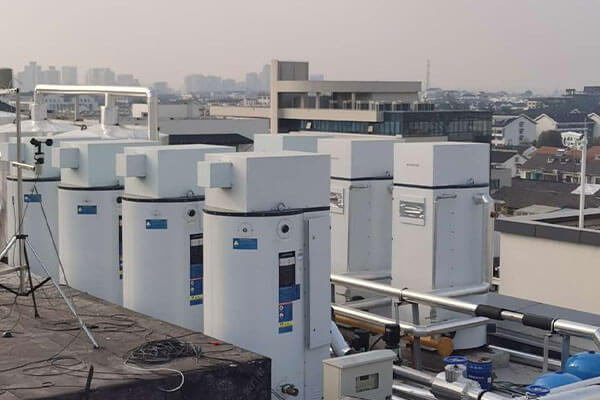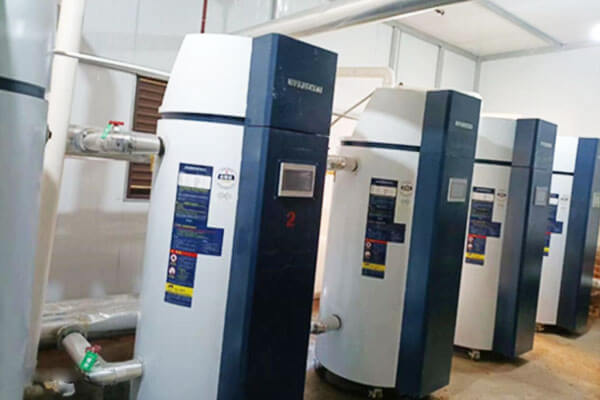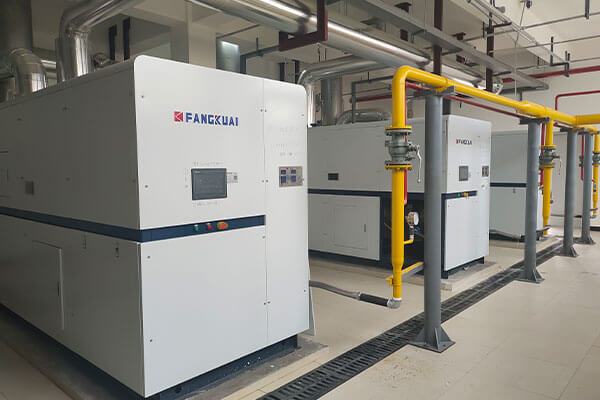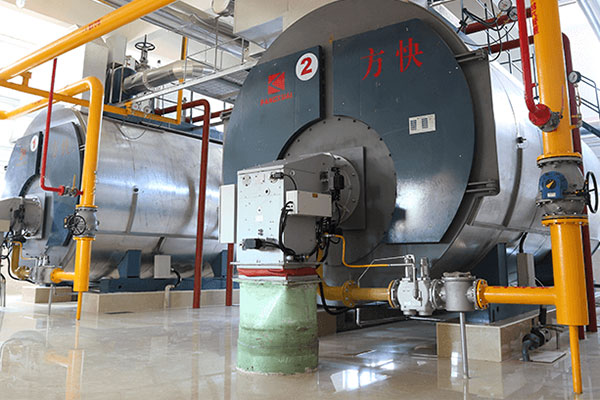Commercial & Institutional Facilities: Offices, Retail Centers, Educational Campuses
Core Considerations:
• Adaptive thermal management: Schools and offices require steady ambient temperatures, whereas shopping complexes demand zoned heating for restaurants, theaters, and retail sections with divergent heat loads
• Footprint optimization: Space-efficient configurations crucial for urban installations with restricted equipment rooms
• Energy conservation: Systems achieving ≥95% seasonal efficiency to meet operational budgets and sustainability certifications

Recommended Systems:
• Modular condensing units: Gas-fired condensing boilers recovering waste heat from exhaust gases attain 99% efficiency, with modular configurations enabling capacity adjustments through multiple smaller units
• Hybrid heating integration: Combining electric heat pumps with traditional boilers cuts gas usage by 20-30% during low-demand periods like weekends
• Intelligent automation: Cloud-connected controls synchronize heating cycles with real-time occupancy data and microclimate forecasts, eliminating unnecessary operation

High-Throughput Facilities: Transit Stations, Airports, Maintenance Depots
Critical Needs:
• Uninterrupted operation for temperature-sensitive zones (e.g., airport jet bridges)
• Rapid thermal response to accommodate sudden occupancy surges
• Emissions compliance in urban airshed management districts

Engineering Solutions:
• Industrial-grade pressurized boilers: Maintain 90-110°C water temperatures with NOx emissions ≤15 mg/m³ through advanced combustion tuning
• Fail-safe redundancy: Dual-fuel capability (gas/oil) with electric backup prevents service disruptions during supply chain interruptions
• Acoustic engineering: Sub-65 dB noise profiles enable equipment installation adjacent to passenger areas

Large-Scale Thermal Networks: Campus Systems, District Heating
Design Imperatives:
• Scalable output (500 kW–20 MW) for expanding residential/industrial clusters
• Multi-fuel adaptability supporting natural gas, biogas, and hydrogen blends
• Thermal buffering to reconcile supply-demand mismatches

Implementation Strategies:
• Cascading boiler arrays: Hydraulically decoupled units achieve partial-load optimization, demonstrated in Scandinavian district heating achieving 34% fuel savings
• Phase-change energy storage: Molten salt reservoirs (400°C capacity) shift thermal loads to off-peak periods, reducing peak energy draw by 40%
• Low-temperature circulation: Condensing boilers operating with 40-60°C return flows enhance efficiency in radiant floor heating applications

Emerging Technological Advancements
• Ultra-low emission combustion utilizing premixed burners and exhaust gas recirculation (FGR)
• Durable silicon-aluminum alloy heat exchangers resisting acidic condensation, extending service life 30%
• Hydrogen-compatible prototypes successfully testing 30% H₂ blends with natural gas
Operational Best Practices
• System modernization: Replacing legacy steam boilers with condensing models achieved 28% gas reduction in Canadian university retrofits
• Renewable hybridization: Solar thermal preheating slashes fossil fuel consumption by 50% in integrated systems
• Predictive maintenance: Machine learning algorithms analyzing vibration spectra and infrared signatures enable 6-8 week failure forecasting
Conclusion
Modern hot water boilers have transitioned from simple heat generators to intelligent thermal management hubs. Through strategic technology integration—whether optimizing airport heating resilience or enabling district-level renewable synergy—these systems now deliver both immediate operational efficiencies and pathway to net-zero targets. Continued innovation in smart controls, alternative fuels, and system hybridization will ensure their critical role in sustainable infrastructure development.







